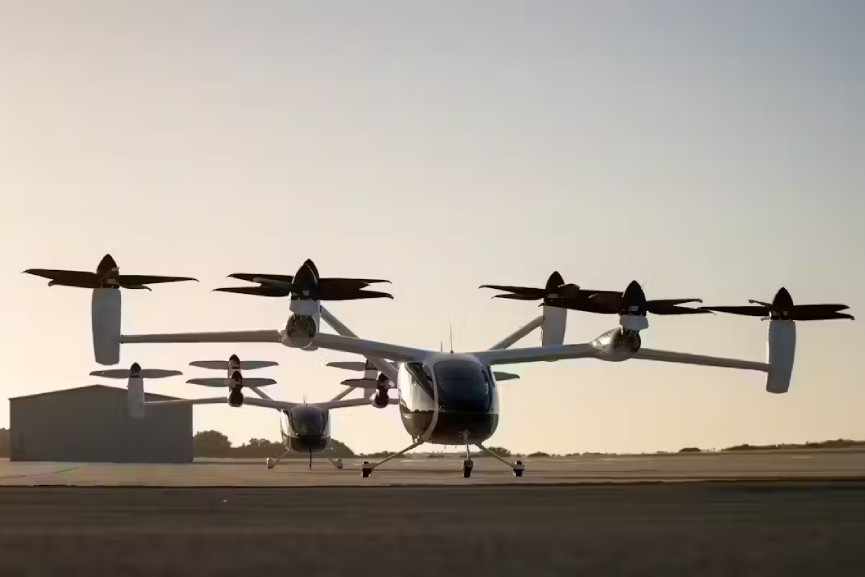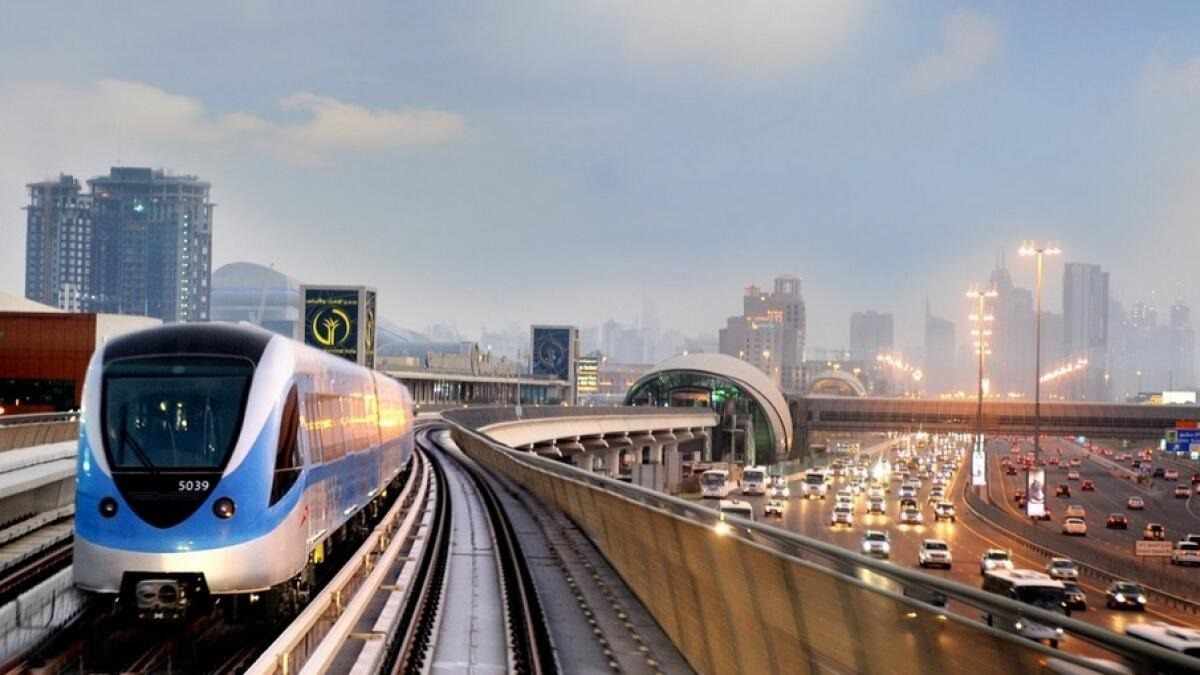India’s Ossified Ports Are Ceding Indo-Pacific Trade To China
- Date: 27-Mar-2021
- Source: Forbes
- Sector:Transport
- Country:Middle East
India’s Ossified Ports Are Ceding Indo-Pacific Trade To China
Container yard full of containers with flag of India. Second in global population to only China, India's historically slower economic growth rate has at times in recent years matched, indeed exceeded, China's. Given the dominant role by China in world trade“”often the engine of any nation's growth“”the narrowing of the economic gap between the two "Asian Giants" has been surprising to many. In part, it is due to a secular structural slowing of China's growth prospects, stemming from Beijing's continued adherence to, if not expansion of the role of the state in the country's enterprise and banking sectors. On the other side of the ledger, there have been bona fide growth increases achieved by India, spurred on by Delhi finally executing some long-needed economic reforms. Notwithstanding India's economic stall in the last year“”owing to the Covid-19 pandemic“”whether Delhi is able to engineer a sustained pattern of higher growth than China remains very much an open question. It shouldn't be. India occupies a commercially enviable location, straddling the Indian Ocean, the Arabian Sea and the Bay of Bengal, and the country's coastal front and backyards are home to the vibrant Indo-Pacific economies. Capitalizing on the striking international trade“”and thus economic growth“”opportunities























